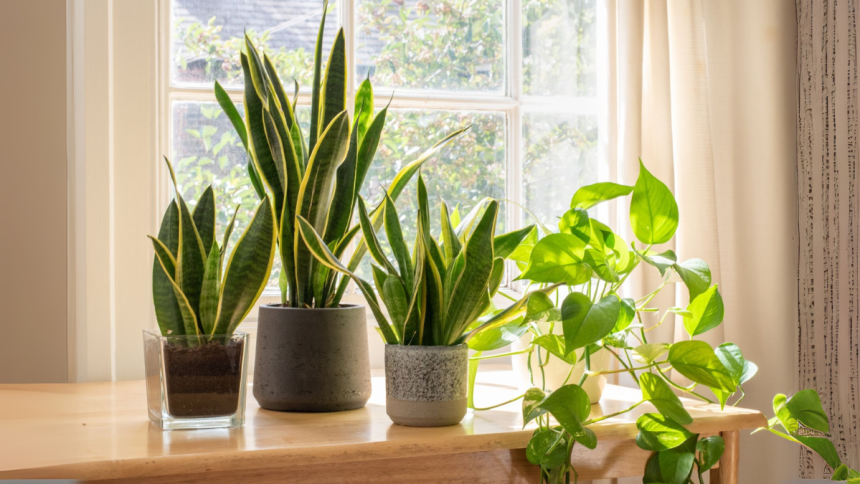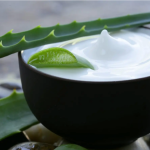Introduction
Bringing nature indoors can transform your living space, improve air quality, and enhance your overall well-being. However, choosing the right indoor plants can be daunting, especially with the multitude of options available. This guide from Home Kode will help you navigate the process of selecting the best indoor plants for your home, ensuring that your green companions thrive in their new environment.
Benefits of Indoor Plants
Indoor plants offer a range of benefits that go beyond aesthetics. They can:
– **Improve Air Quality**: Many plants filter toxins from the air, helping to create a healthier living environment.
– **Boost Mood and Productivity**: Studies show that being around greenery can reduce stress and increase focus.
– **Enhance Aesthetics**: Plants add life and vibrancy to any room, making spaces feel more inviting.
– **Increase Humidity**: Plants release moisture into the air, which can help alleviate dryness, especially in winter months.
Factors to Consider When Choosing Indoor Plants
When selecting indoor plants, several factors come into play. Understanding these will ensure you choose plants that fit your lifestyle and environment.
Light Conditions
Different plants have varying light requirements. Assess the natural light in your home:
– **Low Light**: If you have limited sunlight, consider low-light plants like the snake plant or pothos.
– **Bright Indirect Light**: Many plants thrive in bright, indirect light. Options include peace lilies and spider plants.
– **Direct Sunlight**: If you have a sunny spot, succulents and cacti are excellent choices.
Space Availability
Consider the space you have for your indoor plants:
– **Small Spaces**: If you’re short on space, opt for smaller plants or wall-mounted options. Succulents or small ferns can fit well on shelves or windowsills.
– **Larger Spaces**: For spacious areas, larger plants like fiddle leaf figs or rubber trees can make a bold statement.
Maintenance Level
Your lifestyle will dictate how much time you can dedicate to plant care:
– **Low Maintenance**: If you prefer minimal upkeep, choose hardy plants like ZZ plants or snake plants that require infrequent watering.
– **Moderate Maintenance**: Some plants may need regular watering and occasional pruning. Pothos and spider plants fall into this category.
Humidity and Temperature
Indoor climate plays a significant role in plant health:
– **Humidity Levels**: Some plants thrive in high humidity. If your home is dry, consider using a humidifier or grouping plants together to maintain moisture.
– **Temperature**: Most indoor plants prefer temperatures between 15°C to 25°C. Avoid placing them near drafts or heat sources.
Popular Indoor Plants
Here are some popular choices that cater to various preferences and conditions.
Snake Plant
Known for its resilience, the snake plant is perfect for beginners. It tolerates low light and infrequent watering, making it an ideal choice for busy individuals.
Pothos
Pothos is a versatile vine that thrives in various lighting conditions. Its trailing nature makes it perfect for hanging baskets or shelves. Plus, it’s known for its air-purifying qualities.
Spider Plant
Spider plants are easy to care for and produce “baby” plants that can be propagated. They prefer bright, indirect light but can tolerate lower light levels as well.
Peace Lily
Peace lilies are celebrated for their beautiful white blooms and air-purifying abilities. They thrive in low to medium light and require consistent moisture.
ZZ Plant
The ZZ plant is nearly indestructible, making it perfect for forgetful plant parents. It thrives in low light and requires minimal watering, making it a great choice for any room.
Tips for Plant Care
Once you’ve chosen your indoor plants, proper care is essential to keep them thriving. Here are some tips:
– **Watering**: Overwatering is a common mistake. Always check the soil moisture before watering. Most indoor plants prefer to dry out slightly between waterings.
– **Fertilizing**: During the growing season (spring and summer), feed your plants with a balanced fertilizer every few weeks.
– **Pruning**: Regularly remove dead or yellowing leaves to encourage healthy growth.
– **Repotting**: As your plant grows, it may outgrow its pot. Repot in fresh soil every couple of years or when you notice roots emerging from the drainage holes.
Creating Your Own Indoor Jungle
Transforming your home into a lush indoor jungle is easier than you think. Here’s how to get started:
1. **Choose a Theme**: Decide on a theme for your indoor garden. You could opt for tropical plants, succulents, or a mix of both.
2. **Group Plants**: Arrange plants in groups based on their light and water needs. This not only looks appealing but also simplifies care routines.
3. **Use Stylish Planters**: Invest in decorative pots that complement your home decor. Unique planters can elevate the aesthetic of your indoor garden.
4. **Incorporate Vertical Space**: Use shelves, wall-mounted planters, or hanging pots to utilize vertical space effectively.
5. **Experiment with Layouts**: Don’t be afraid to change things up! Rearranging your plants periodically can keep your space feeling fresh and exciting.
By following these steps, you can create an indoor oasis that reflects your personality while providing numerous benefits.
Final Thoughts
Choosing the best indoor plants for your home is an enjoyable journey that combines aesthetics with personal preference. By considering factors such as light conditions, maintenance levels, and space availability, you can curate a collection of plants that not only beautifies your space but also enhances your well-being. Whether you’re nurturing a single succulent on your windowsill or cultivating a vibrant indoor jungle with Home Kode, remember that each plant has its own unique charm and character. Embrace the green life and watch as your home transforms into a sanctuary of tranquility and beauty!
Lynn Martelli is an editor at Readability. She received her MFA in Creative Writing from Antioch University and has worked as an editor for over 10 years. Lynn has edited a wide variety of books, including fiction, non-fiction, memoirs, and more. In her free time, Lynn enjoys reading, writing, and spending time with her family and friends.















